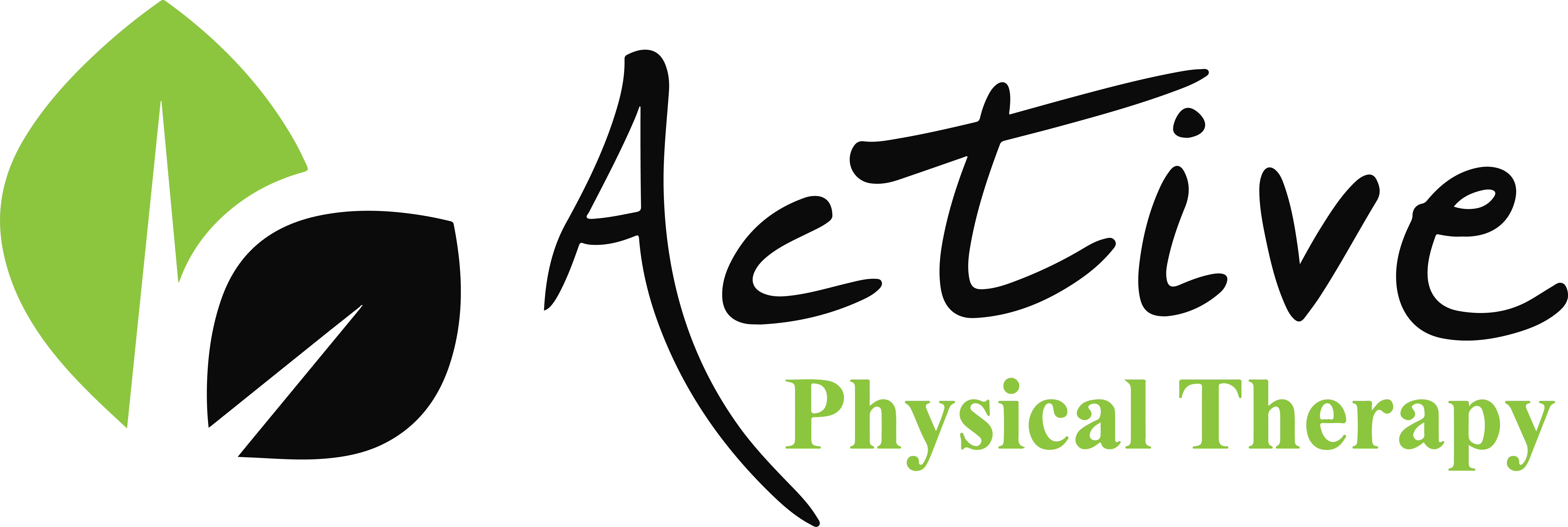The knee joint has two main motions known as Flexion (the ability to bend) and Extension (the ability to straighten). It does also rotate very slightly, but that’s a different discussion for different day. When it comes to post-surgical care, it’s very important that your journey with a few things such as pain control, maintenance and monitoring of incision sites, and of course range of motion (ROM). Range of Motion is often the first step in the process of restoring the full function of the knee. In order to have a fully functioning knee joint, it must first move efficiently.
Whether you’ve just had a Meniscus Repair, Total Knee Replacement, or ACL Reconstruction, ROM limitations are normal and expected following surgery – for a time. Your surgeon may prescribe a Continuous Passive Motion (CPM) machine to help restore motion immediately following the procedure. This is a machine that moves your knee for you, so you can relax and let the machine do the work. However, not everyone is a candidate for this machine, for a variety of reasons. It is still essential however, that ROM work begins as soon as your surgeon says it’s OK to begin. That’s why it’s important to have an experienced, licensed Physical Therapist guiding your post-operative care.
Post-operative knee patients often experience what’s called Extension Lag. Extension Lag is a term used to describe a knee that is stuck in a slightly bent (or flexed) position. If recognized early in the rehabilitation process, this is usually only a minor issue and can be worked through with your Physical Therapy team. However if it continues for several weeks, this extension lag can become a chronic and/or permanent problem. So in order to avoid this issue, here are a few exercises which can be done (ONLY with the permission of your surgeon) in order to help restore extension to the knee. Do these exercises in a slow and controlled manner, and never pushing into pain.
- Quad Set – Squeeze the quadriceps (muscle on top of the thigh). This action should push your knee into a more straight position. Think about “crushing the table underneath you with the back of your knee. [su_video url=”https://stayactiveup.com/wp-content/uploads/2018/12/Quad-set-Landscape.mp4″][su_video url=”https://stayactiveup.com/wp-content/uploads/2018/12/Quad-Set-Portrait-.mp4″]
- Heel Slide to Quad Set – You can do this with the help of a towel if you feel as though your knee needs a little help. Allow your knee to bend as far as possible without pain, and then straighten it using the quad set mentioned above. [su_video url=”https://stayactiveup.com/wp-content/uploads/2018/12/Heel-Slide-to-quad-set.mp4″]
- Supine Knee hangs – Often using gravity to assist you in re-gaining knee extension can be very helpful. Place a rolled up towel or pillow under your ankle. Allow your knee to relax and let gravity take over. A good bench mark goal would be to maintain this position of relaxation for approximately 30 seconds, 3 times.

For more questions or concerns, please see us at any of our clinics in Marquette or Ishpeming, or see us on the web at www.stayactiveup.com.
